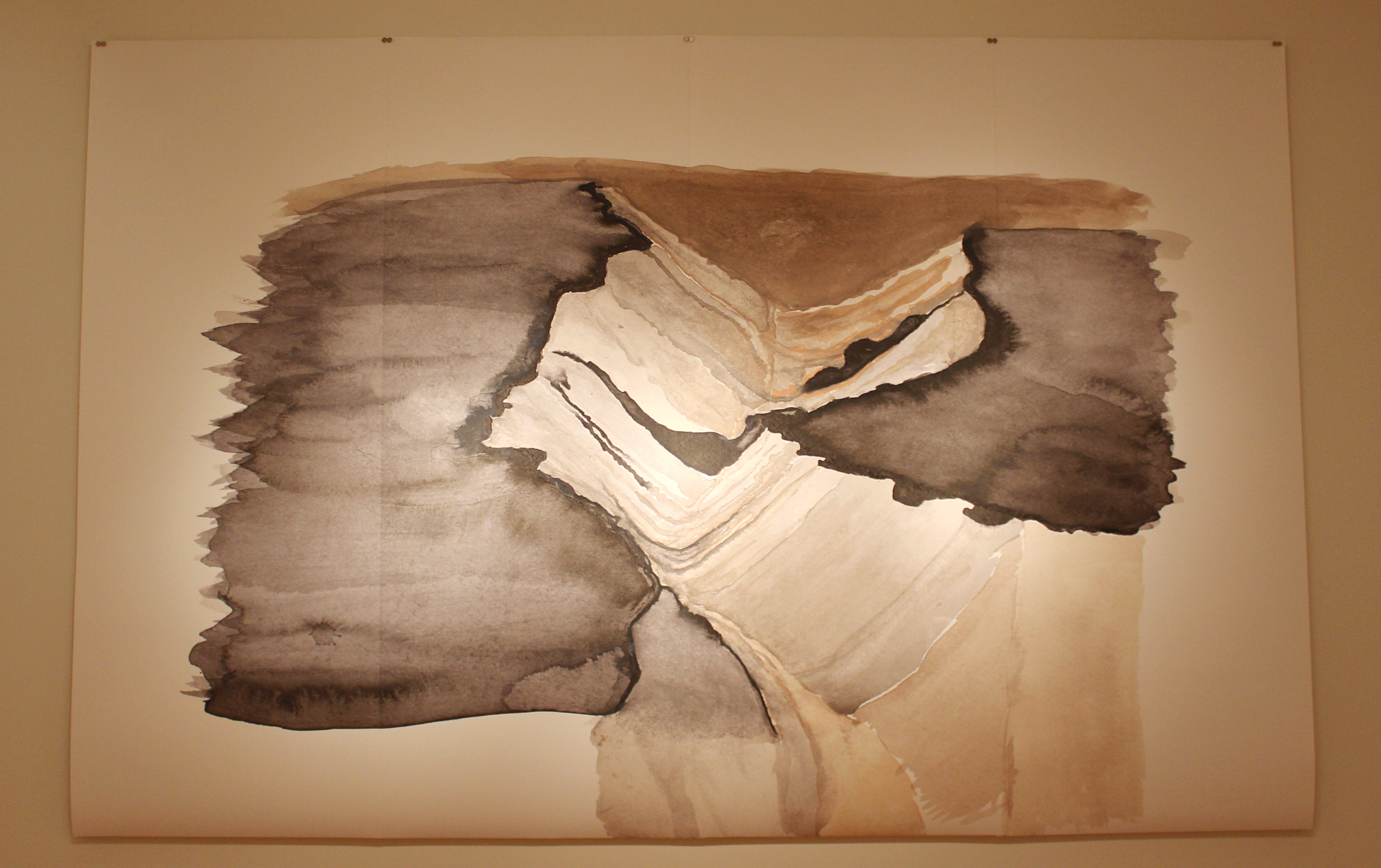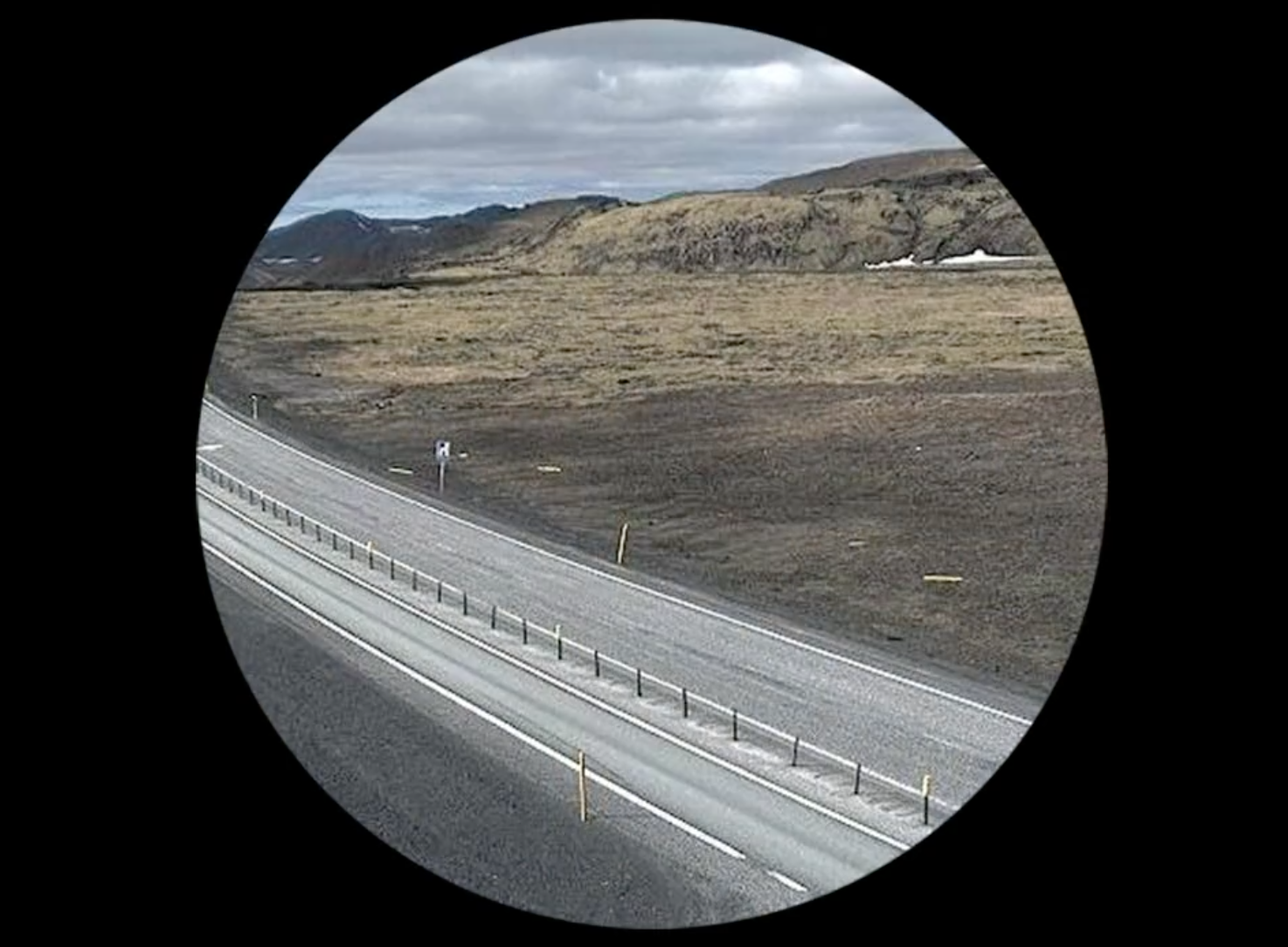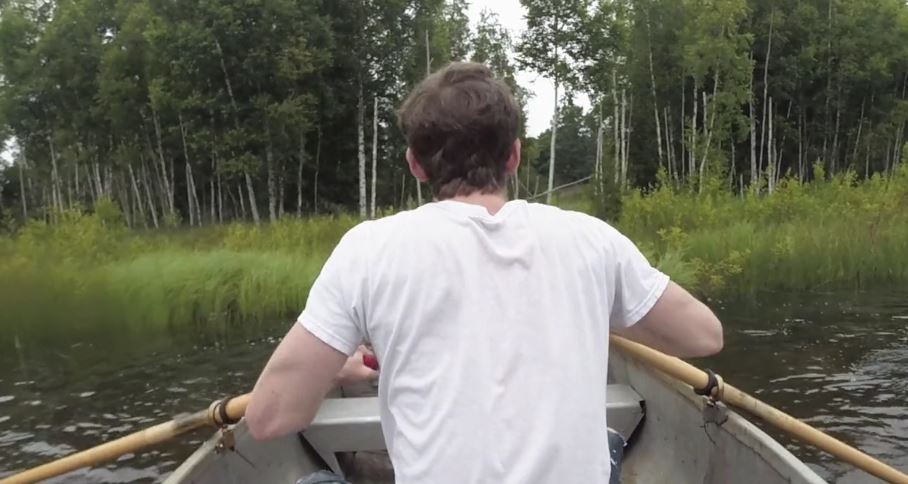Gideon Jacobs is a writer and artist, who was born, raised and living in New York City. He grew up an actor, and over a decade long career, starred in films (Wet Hot American Summer, Home Alone 4, House of D), television shows (Law and Order SVU, The Education of Max BickFord) and over two hundred television commercials. After college, he worked at the photo cooperative Magnum Photos, where he was eventually named Creative Director. He left the organization to work on personal projects (#InstaRoadTrip2016, CONFESSION, Letters to Imaginary Friends), and is now is a columnist for VICE, and contributor to The Paris Review, The New Yorker, BOMB, HyperAllergic and others.
In December 2016, DigA talked to Gideon about his piece #InstaRoadTrip2016 and other work on his Instagram @GideonsByeBull. If you want to check out Gideon’s work, you can view the entirety of #InstaRoadTrip2016 here.
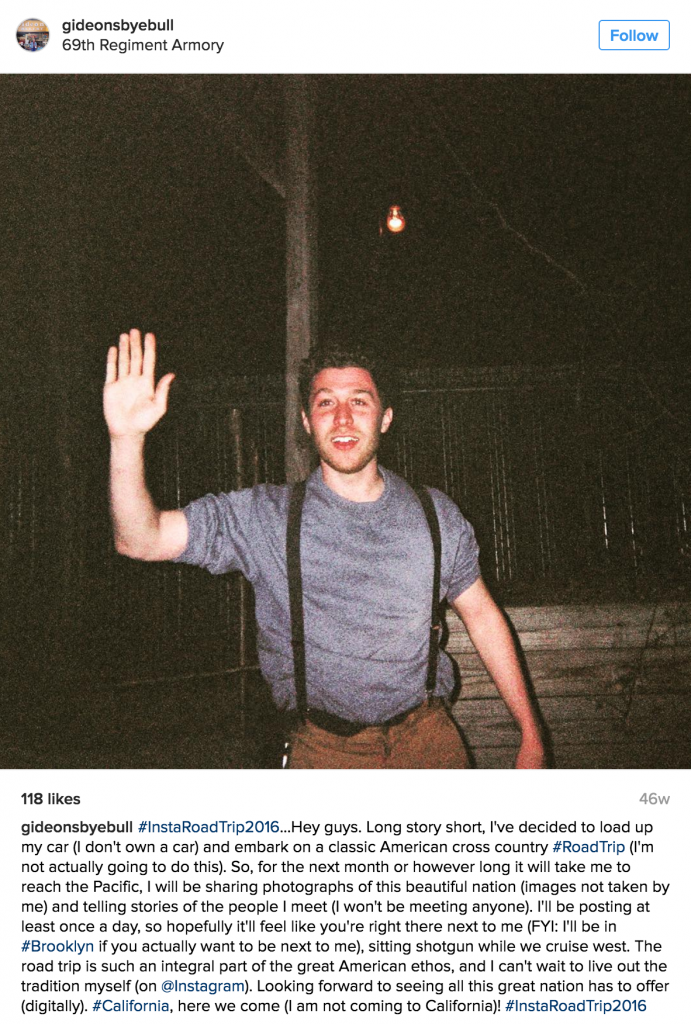
DigA: What influenced you to want to embark on this kind of project? What about the “manufacturing” of events through photography and the idea of the photograph as evidence interests you?
GJ: Two things sparked this whole thing: 1) I had just broken up with a girlfriend, and I was following her Instagram as she went on a post-breakup jaunt around Europe. Every picture she posted was kind of gut-wrenching for me, as it seemed like she was having a blast, meeting people, going on adventures. But when she came home, and I had a chance to ask her how the trip was, I learned that it was actually a disaster, and she was miserable for most of it. For me, this was a reminder that the narratives we present on social media are, at best, a handcrafted version of the truth. It made me start thinking about just how flimsy and, in some ways, ridiculous the promise of truth on social media really is. 2) I was revisiting Susan Sontag’s On Photography, and kept wondering what she would have to say about a culture where photography has gone from a means of recording reality, to a force that informs it.
DigA: Social media allows us to construct events—and identities—like never before. #InstaRoadTrip2016 is a perfect example of how the “manufacturing” of moments can occur online, regardless if the events ever actually happened. Can one’s online presence today be authentic?
GJ: To me, this question–whether authenticity is possible or not (in any realm)–is the defining question of the modern era. We can talk about social media, or we can talk about AI and virtual reality; the better we get at faking things, the more frightening it is to trust something’s authenticity. Or, maybe more accurate, the better we get at faking things, the more we wonder whether authenticity was ever present in the first place.
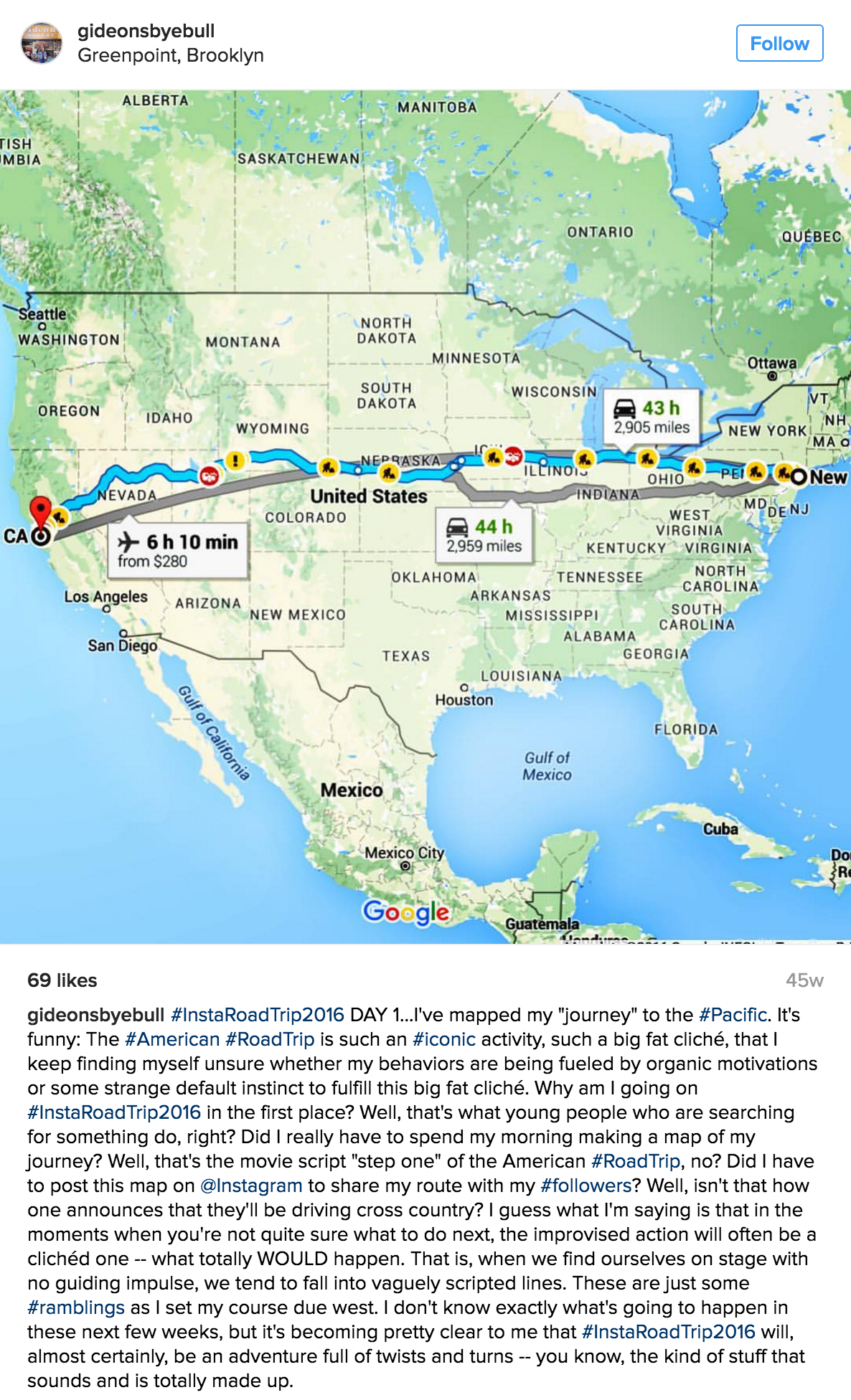
DigA: The American road trip is iconic, to say the least—On the Road, Easy Rider, Family Vacation…the list goes on. How did the cultural history of the road trip play into #InstaRoadTrip2016?
GJ: I thought that, if I was going to try to make some sort of commentary about representation, symbol and iconography, I should probably really go for it, and have the project itself play with an iconic American concept.
DigA: How did you decide upon your Instagram profile title, “gideonsbyebull”? Are there any associations to be made with the title and your piece #InstaRoadTrip2016?
GJ: @GideonsByeBull was an attempt at a pun…sorta: It’s a re-spelling of Gideon’s Bible (can be found in just about any hotel room drawer) that I thought would also mean saying “goodBYE” to “BULLshit.” It doesn’t really relate to this this project specifically, but maybe it has something to do with the mentality I try to bring to my work.
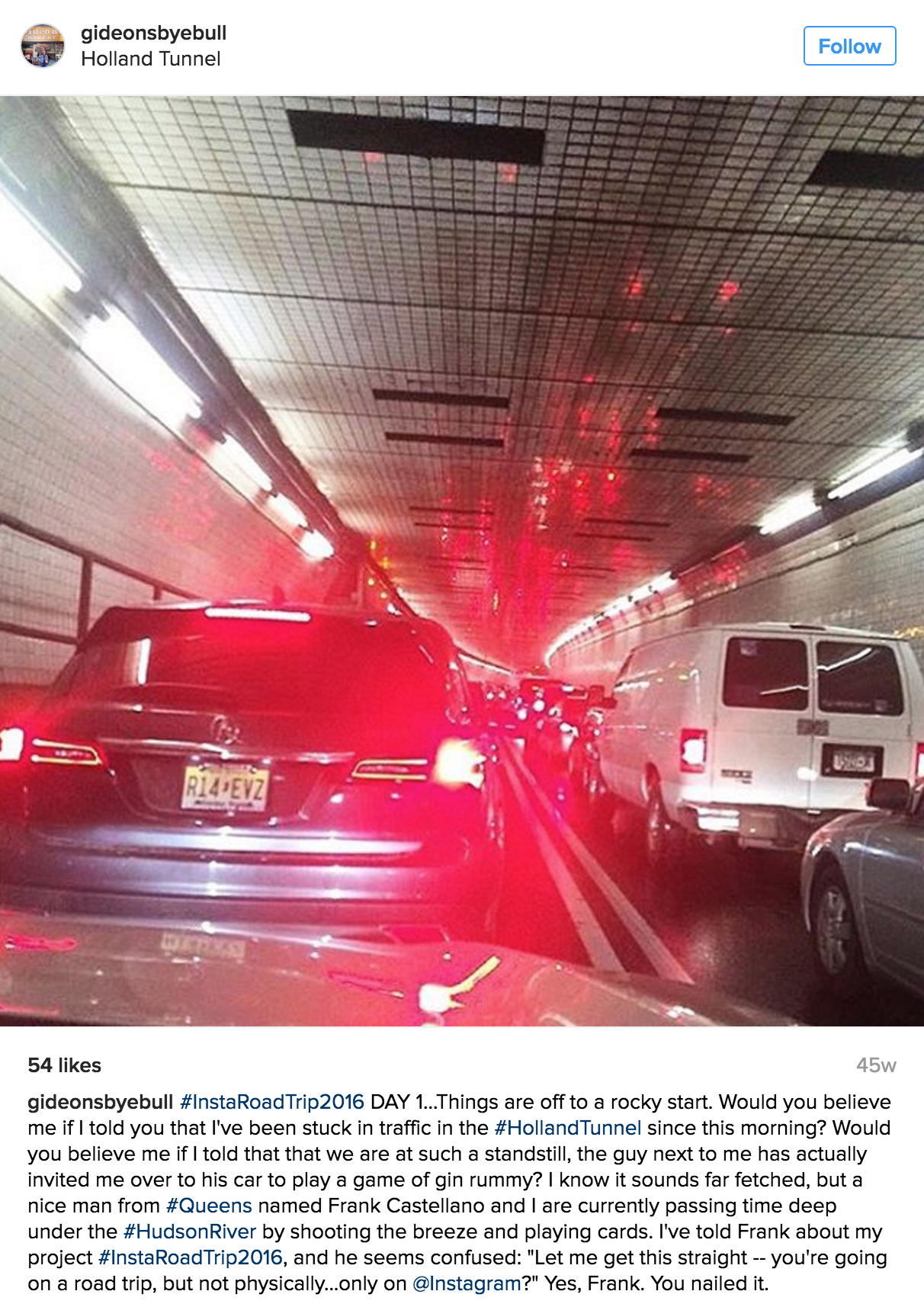
DigA: The images that you use for #InstaRoadTrip2016 are found by looking at the Instagram geotag of the location that you are “visiting”. Why do you do this? How does this re-appropriation of images in line (or not) with internet artists like Richard Prince’s SuicideGirls?
GJ: I wanted to really “pretend” to be in these locations. So yes, all the photos I “re-appropriated” were taken in the towns I claimed to be in. The idea, from the beginning, was to write fiction in a format that people expect fact. So, I had to create a factual container within which I could totally make everything up.
DigA: When speaking about your work, you mention the “disorientation” of online life in contrast to “real” life. How does #InstaRoadTrip2016 play with and expose this disorientation?
GJ: Being oriented is about having a healthy relationship between knowledge and doubt, and I think people who interacted with my project were not sure what to believe a lot of the time.
DigA: Your #screenshotstories are quite moving—they elicit that sort of sad chuckle of familiarity. What inspired you to start using Instagram as a place for stories? Do you see the project continuing?
GJ: So glad you like that work! Well, these days, we consume content one screen at a time, so the idea here was to think of these bits of text not as paragraphs, but as pictures. I wanted to make writing that, like a photograph, could tell a whole story in a single screen-sized image. The plan is to write 100 of these stories over a one year span and then, when I’m done, hopefully get a book published.

